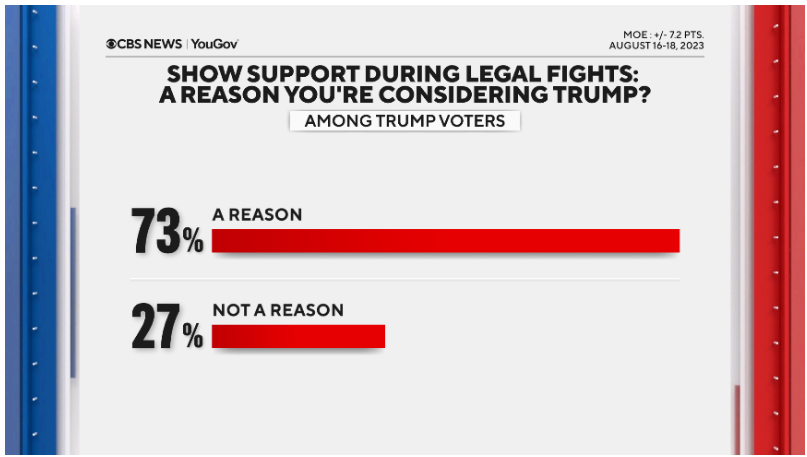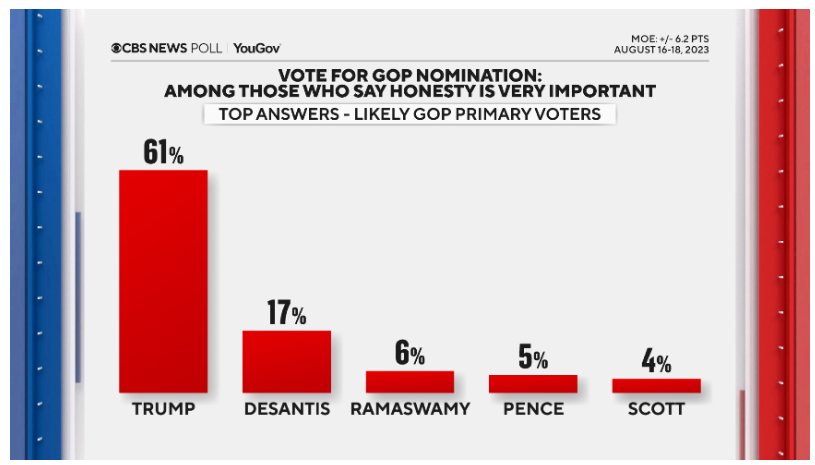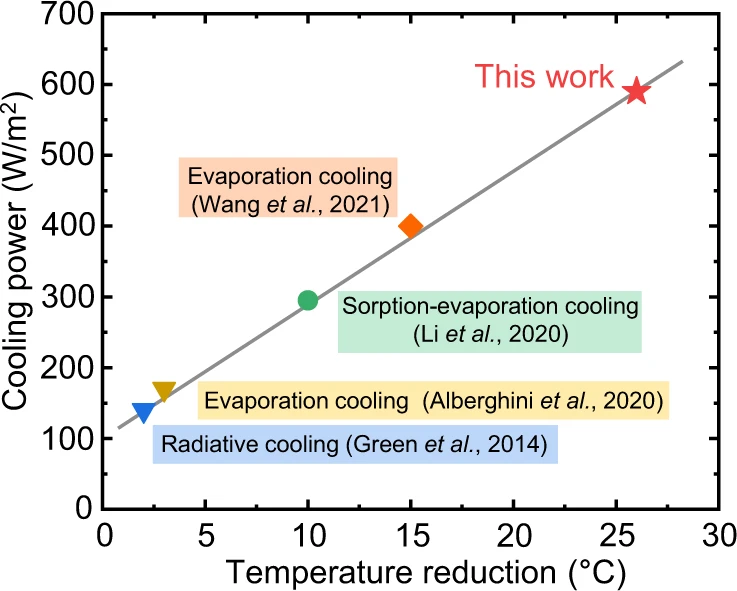The Lever writes about a quiet lobby effort to block disclosure of carbon emissions by BKC (brass knuckles capitalist) businesses in California:
One of the nation’s most important climate fights is currently playing out under the radar in California, where state residents are weathering an unprecedented tropical storm. Oil and industry lobbying groups are spending millions in a last-ditch attempt to block first-of-its-kind legislation that would require thousands of large companies doing business in the state to fully disclose their carbon emissions, a move that would effectively set national policy.
In the final weeks of California’s legislative session, which ends in mid-September, Assembly members are expected to vote on the climate transparency bill. With a federal version of the measure still delayed — and nearly certain to face lengthy legal challenges from industry — California’s legislation could expedite a public reckoning over corporations’ true contributions to climate change.
The bill has already passed the state Senate, and if it survives a secretive appropriations hearing later this month, it will go before the full Assembly — where a previous version failed by just four votes last year following a fierce opposition campaign.
This is more evidence of the tactics that major BKC interests routinely employ to keep as much information as possible from both the public and government. For most businesses, an ignorant consumer and an ignorant government is best for revenues and profits.
________________________________________________________________
________________________________________________________________
A long, detailed WaPo Editorial Board opinion focuses on China's very bad cover-up and lies behavior in the early part of the epidemic:
In the first weeks of 2020, a radiologist at Xinhua Hospital in Wuhan, China, saw looming signs of trouble. He was a native of Wuhan and had 29 years of radiology experience. His job was to take computed tomography (CT) scans, looking at patients’ lungs for signs of infection.
And infections were everywhere. “I have never seen a virus that spreads so quickly,” he told a reporter for the investigative magazine Caixin. “This growth rate is too fast, and it is too scary.”
But this tableau of chaos was hidden from the Chinese people — and the world — in early 2020. Chinese authorities had acknowledged on Dec. 31, 2019, that there were 27 cases of “pneumonia of unknown origin,” and 44 confirmed cases on Jan. 3, 2020. The Wuhan health commission reported 59 cases on Jan. 5, then abruptly reduced the number to 41 on Jan. 11, and claimed there was no evidence of human-to-human transmission or any signs of doctors getting sick.
That claim was a lie. The coronavirus was running rampant. Doctors at the radiologist’s hospital, and other hospitals, were getting sick. But China’s Communist Party leaders prize social stability above all else. They fear any sign of public panic or admission that the ruling party-state is not in control.
Secrecy has long been a major tool of the governing Communist Party. It suppresses independent journalism, censors digital news and communications, and withholds vital information from its people. Doctors in Wuhan who knew the truth were afraid to speak out. China did not reveal human transmission of the virus until Jan. 22, and by then, the global pandemic had been ignited.
This editorial is part of a series examining the inner workings of authoritarianism around the world. Previously, we looked at how dictatorships exploit social media, at the creation of disinformation and at how autocrats share tactics. This installment examines how China’s authoritarian system handled a grave public health crisis, as seen through the eyes of doctors and other health-care professionals on the front lines who were struggling to cope with a virus no one had witnessed before. At a time when trust and transparency were needed to save lives, Chinese authorities covered up the facts and lied — and they continue to do so today.
In editorials last year, we called attention to how the virus was spreading in November and December 2019, earlier than China has admitted; how China had carried out genomic sequencing of the virus in late December 2019; and we pointed to additional cases that were not reported to a joint mission of China and the WHO. It is still not known precisely how or where the pandemic began, whether from zoonotic spillover or a laboratory leak. .... The genomic sequencing showed the virus was closely related to the first SARS virus, which had set off panic in China almost 20 years earlier.
At Wuhan Central on Dec. 30, 2019, ophthalmologist Li Wenliang examined the medical report of a patient whose condition seemed strikingly like SARS. He shared it with his former medical school friends in their class WeChat group, so they could be prepared. “Seven cases of SARS confirmed,” he wrote. On Jan. 1, Li was detained by police, along with seven other doctors. He was accused of “making untrue comments” that had “severely disturbed the social order.” He was reprimanded for “this illegal activity” and signed a paper promising not to do it again.
But while democracies are swamped with information as well as disinformation, China’s dictatorship bottled up the truths and published lies. The party’s quest for absolute control — through fear, threats and intimidation — blocked action precisely when the virus spread might have been slowed or stopped. The decisions allowed a spark to become a wildfire, a disaster of immense proportions. As the pandemic unfolded, China remained a black box. It slammed the door on any further investigation of the origins of the virus inside China and did not publish accurate data on the pandemic death toll; doing so might have called into question the party’s competence and leadership. When Zhejiang province recently published mortality data indicating a surge of deaths after China abruptly lifted its “zero covid” policy in December 2022, indicating a higher death toll than China had acknowledged, the data was promptly deleted.
One has to ask the obvious questions: What else is the brutal Chinese government still hiding? We all know the official answer to two critical questions about (i) whether COVID was man-made, and (ii) whether COVID leaked from a lab in Wuhan, regardless of if the virus was arose in nature or was man-made.
The official Chinese government response to those two questions? (a) Hell no, (b) hell no, and (c) if you keep asking those questions, you will be disappeared and your family billed for your assassination and secret burial costs, so STFU.
We are never going to know the truth about what China did and/or did not do in the early days if it makes the dictators look bad. The least worst story that the virus arose naturally is the official story, even if it's a lie. That's just how dictators routinely operate.
Q: Does how the Chinese government acted remind us of anything roughly similar to that in American politics?
Hint: Hell yes, the corrupt RRRP (radical right Republican Party) and its brutal, corrupt cult leader.
________________________________________________________________
________________________________________________________________
An article The Conversation published discusses some recent research into projected effects of having a carbon tax. At present, a carbon tax is impossible to pass at the national level. The RRRP (radical right Republican Party) is dead set against dealing with global warming. Maybe some blue states could impose a state tax.
In a new study, colleagues and I investigated U.S. households’ personal responsibility for greenhouse gas emissions from 1990 to 2019. We previously studied emissions tied to consumption – the stuff people buy. This time, we looked at emissions used in generating people’s incomes, including investment income.We linked a global data set of financial transactions and emissions to microdata from the U.S. Census Bureau and Bureau of Labor Statistics’ monthly labor force survey, which includes respondents’ job, demographics and income from 35 categories, including wages and investments. People’s wages we connected to the emission intensity of the industries that employ them, and we based the emissions intensity of investment income on a portfolio that mirrors the overall economy.A couple of interesting things might result, particularly if the tax was set based on the carbon intensity of the company. Corporate executives and boards would have incentive to reduce emissions to lower taxes for shareholders. Shareholders would have incentive, out of self-interest, to pressure companies to do so.
Investors would also have incentive to shift their portfolios to less-polluting companies to avoid the tax. Pension and private wealth fund managers would have incentive to divest from carbon-polluting investments out of a fiduciary duty to their clients. To keep the tax focused on large shareholders, I could see retirement accounts being excluded from the tax, or a minimum asset threshold before the tax applies.Instead of putting the responsibility for cutting emissions on consumers, maybe policies should more directly tie that responsibility to corporate executives, board members and investors who have the most knowledge and power over their industries.
________________________________________________________________
________________________________________________________________
Crackpot watch: About 33% of adult Americans believe that COVID-19 vaccines probably or definitely caused thousands of sudden deaths.






















